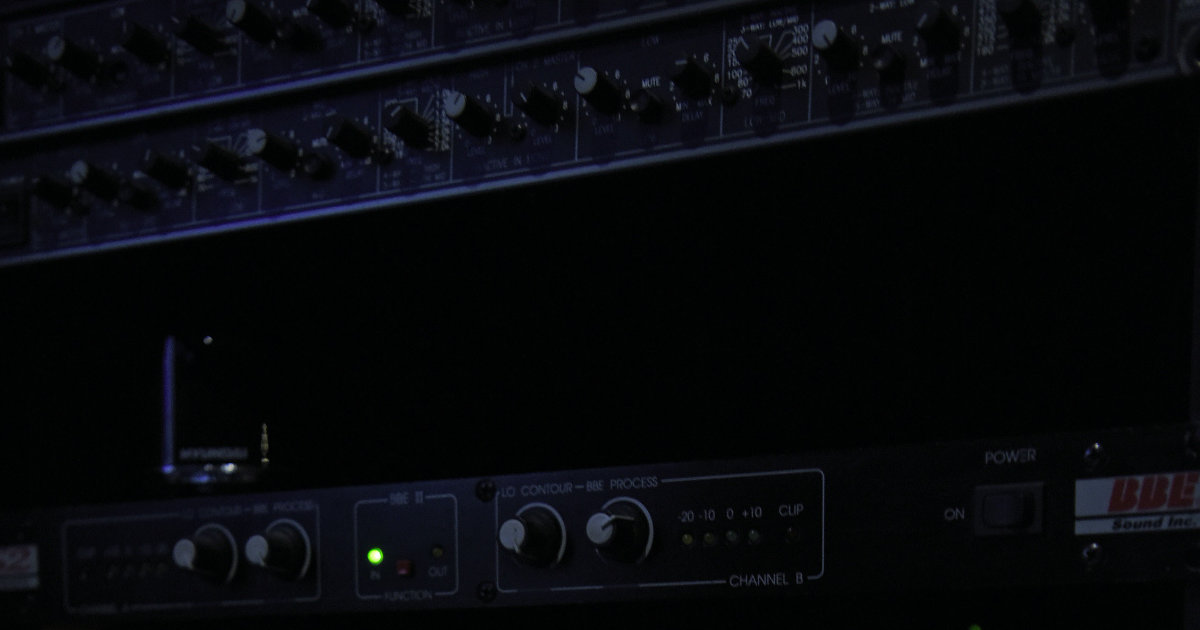Estimated reading time: 5 minutes
Which types of reverb exist in music production? Okay okay, let’s take a step back first – what is reverb? In short, it is everything we hear BUT the direct sound source, when the sound bounces around a space. Second, how do we use reverb? Modern music can not really be imagined without reverb in general. It is used to add space and help put sounds in the same space (or in different spaces). Also, it can be used to control the width of a sound and influence its character. Most importantly, reverb is used to put sounds in the foreground or push them back.
So, which types of reverb exist and how do we use them? First, we can divide the reverbs into natural and man-made. Let’s start with the natural ones.
Table of contents
Natural reverb
Room reverb
First of the types of reverb on our list, room reverbs are based on the sound of… well, rooms! Smaller acoustic spaces, to which we are mostly used to. Usually most subtle, most natural and intimate. Among all types of reverb, this is the most commonly used one, since it will not stick out of the mix and is in general very versatile.
Hall reverb
When it comes to defining types of reverb on our list, the (concert) hall comes next. As a shortcut, we can simply imagine it as a very big room. Concert halls, cathedrals, similar large and cavernous places paint a good picture of the sound character this reverb creates. They bring an extremely long and dense decay time, mostly measured in seconds. That long decay has a good and a bad side. The good thing is that it accents the space and adds thickness to the sound. The bad side is that it can easily make the track muddy and lacking power, if overused. This type of reverb is also used very commonly.
Chamber reverb
When we divided our types of reverb at the start, we could have put chamber reverb in both categories. Take a very reverberant man-made space, put a loudspeaker and a microphone in it. Voila, chamber reverb! A character similar to hall reverb, but much more controlled and clear. The space is mostly a hallway, staircase, tiled bathroom or similar. This type of reverb sounds good on most sources, but it does carry a certain character with it – it has been used on a lot of The Beatles songs, and music from that era in general.
- How to Become a Music Producer? The Ultimate Blueprint to Becoming a Music Producer
Man-made reverb
Spring reverb
One of the man-made types of reverb, spring reverbs are very common on guitar tracks. The reason for that is that spring reverb was often built into iconic guitar amps (because of its size). How this reverb works is simple – a couple of long springs with a transducer on one end and a pickup on the other. The sound itself is very unique, clean, metallic and ringy.
Plate reverb
The second man-made type of reverb, this reverb also does not emulate a real acoustic space. A speaker coil would pass vibrations through a large metal sheet or plate, and a contact microphone would record the result. Partly vintage, this type of reverb is very dense, warm and big sounding. Most often used on vocals, but definitely not limited to them (snare drum, anyone?). Plate reverb was wildly popular in the 60s as hardware units, in the 80s in digital device form and nowadays, of course, as a plugin.
Types of reverb in digital
You can find almost and flavor or type of reverb in plugin form. They will either use an impulse response (a recording of a real space) or a generator algorithm. Thanks to modern technology, your reverbs can go from basic to plugins that sound just like the old hardware of an exact space (with a cost to your CPU though). To go into the choices and options would be a huge endeavor and we don’t have the space for it here (had to insert a bad joke somewhere).
Conclusion
Diving into reverbs and reverb types is a complicated matter, often more so than with other plugins. You will need a few different types of reverb, a few different flavors, a few plugins with differing possibilities… So in this case, your GAS is partly justified.
Now that you know the different types of reverb in music production, we would like to give you a list of the best reverb plugins to make your choice easier.
Related Posts
- What is Reverb in Singing and Why it Matters? Decoding the Magic
- What is Plate Reverb? The Simple Guide You’ve Been Waiting For
FAQ
In short, it is everything we hear BUT the direct sound source, when the sound bounces around a space.
Modern music can not really be imagined without reverb in general. It is used to add space and help put sounds in the same space (or in different spaces). Also, it can be used to control the width of a sound and influence its character. Most importantly, reverb is used to put sounds in the foreground or push them back.
We can divide the reverbs into natural (room reverb, hall reverb, chamber reverb) and man-made (spring reverb, plate reverb, digital reverb).
